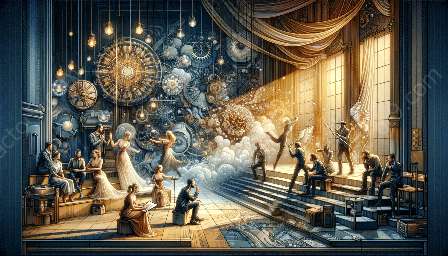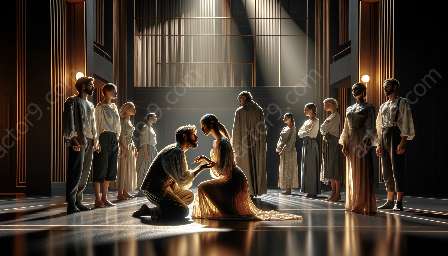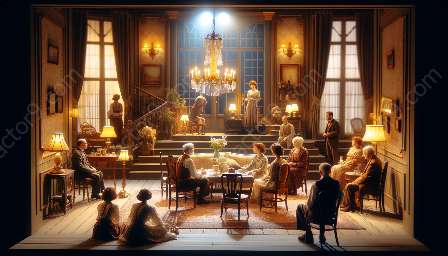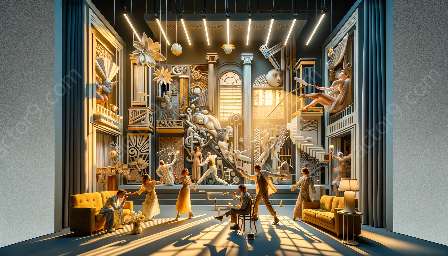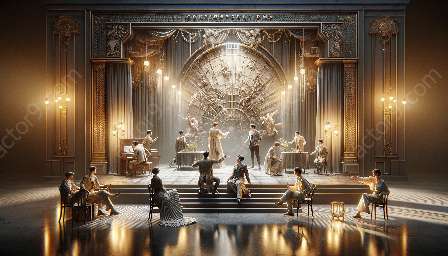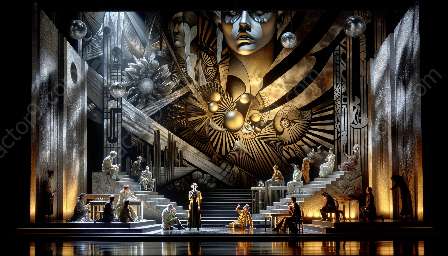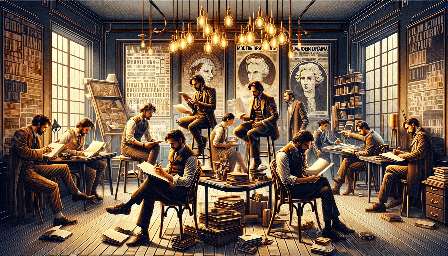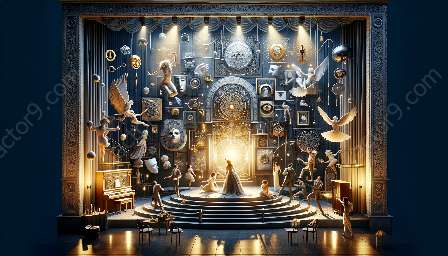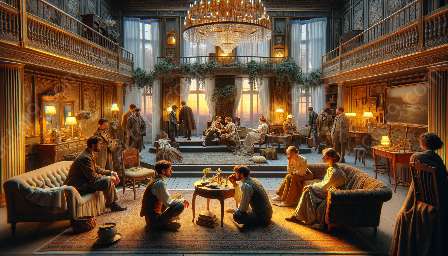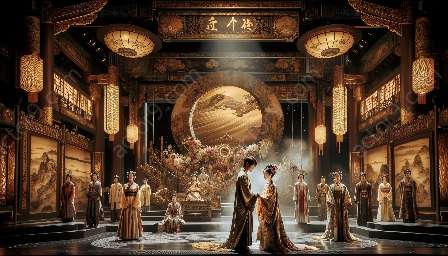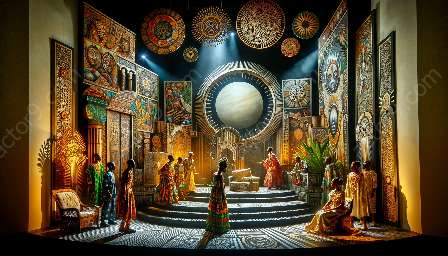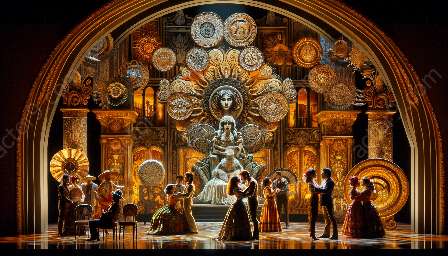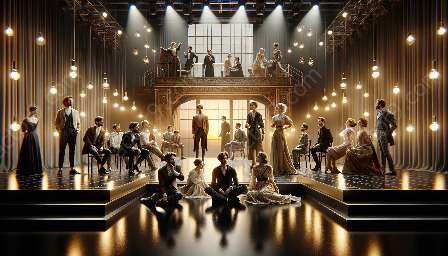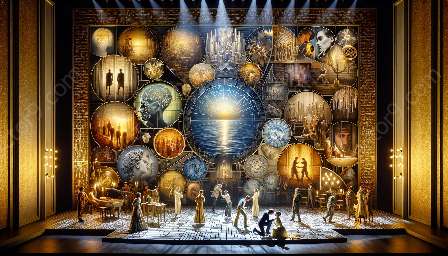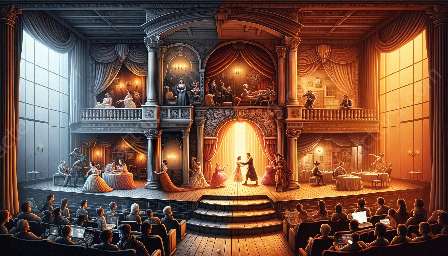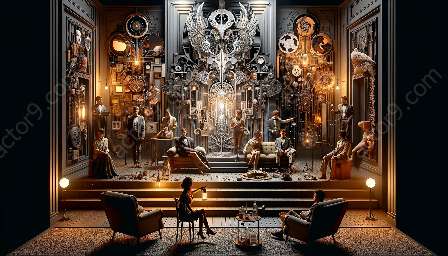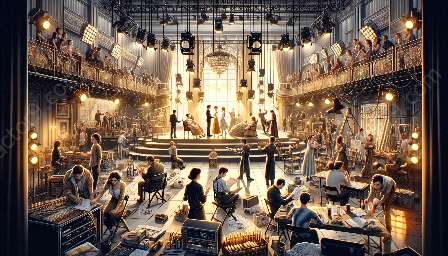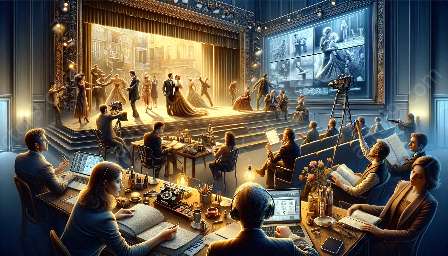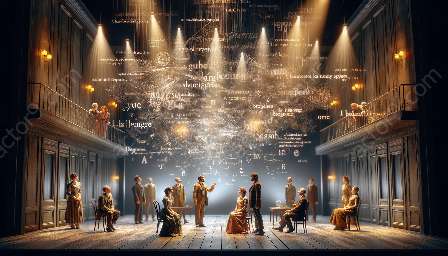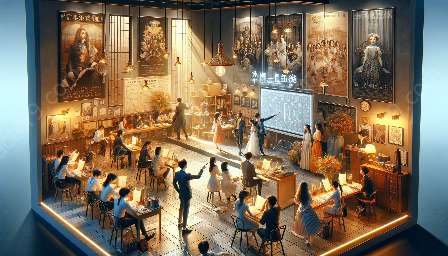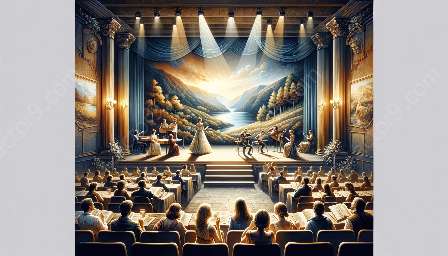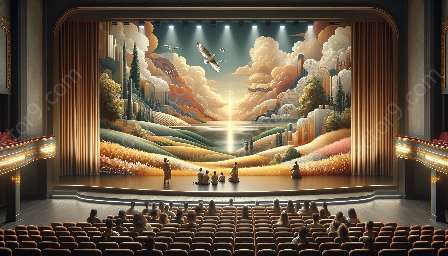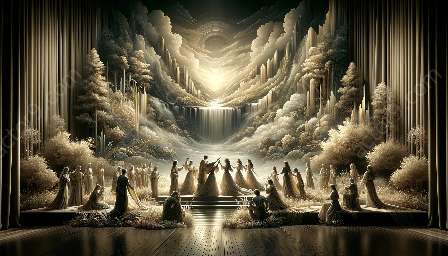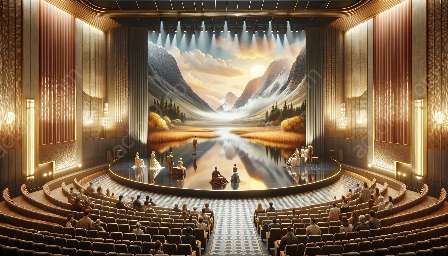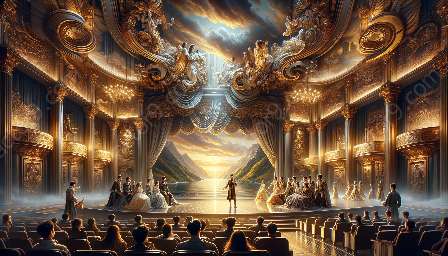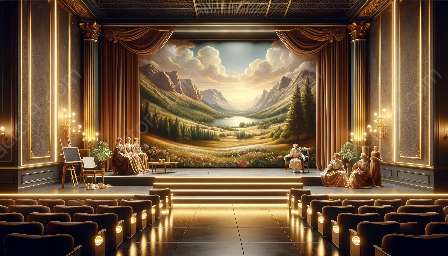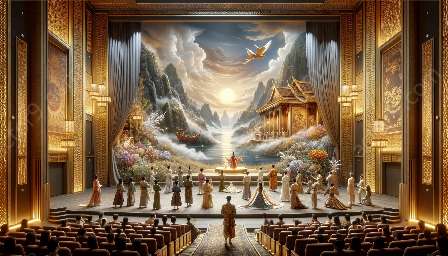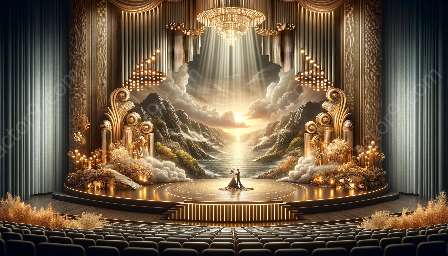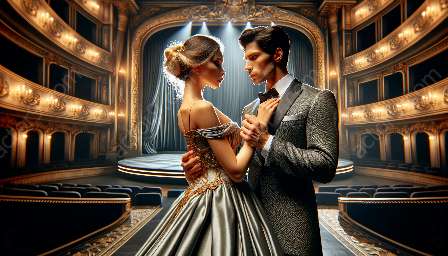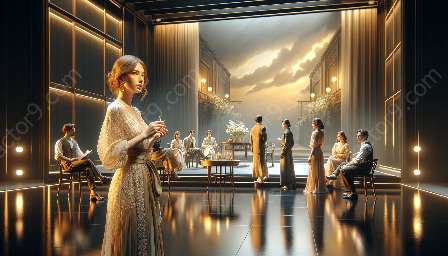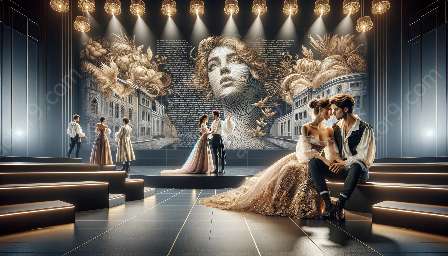Modern theater productions have ingeniously used sound and music to enhance storytelling, aligning with the concepts of modern drama and theatre. In this comprehensive content cluster, we will explore how modern theaters creatively incorporate sound and music to enrich the narrative, drive emotional impact, and captivate audiences.
Importance of Sound and Music in Modern Theater
Modern theater places significant emphasis on engaging the audience through a multidimensional experience. Sound and music serve as powerful tools to evoke emotions, set the mood, and immerse the audience in the narrative. Through carefully crafted compositions and soundscapes, theaters can heighten the impact of storytelling, making productions more compelling and memorable.
Enhancing Emotional Resonance
Sound and music are pivotal in modern theater for enhancing emotional resonance. Through the strategic use of melodies, harmonies, and rhythms, theaters can elicit a profound emotional response from the audience, intensifying the storytelling experience. Whether it's a poignant ballad that underscores a heartfelt moment or an intense musical interlude that heightens the drama, music plays a crucial role in amplifying the emotional dynamics of a production.
Captivating Atmosphere and Setting the Mood
Furthermore, modern theater productions leverage sound and music to create captivating atmospheres and set the mood. By utilizing sound effects and musical motifs, theaters can transport the audience to different times, places, and emotional landscapes. This contributes to the immersive nature of the theatrical experience, allowing audiences to connect with the story on a deeper level.
Integration with Modern Drama and Theatre
The integration of sound and music in modern theater aligns harmoniously with the core tenets of modern drama and theatre. Through innovative sound design and musical compositions, theaters can push the boundaries of storytelling, embracing contemporary themes, and engaging audiences in thought-provoking narratives.
Enhanced Artistic Expression and Creativity
Modern theater's utilization of sound and music allows for enhanced artistic expression and creativity. Composers and sound designers collaborate with playwrights and directors to craft unique sonic landscapes that complement and elevate the storytelling process. This collaborative synergy aligns with the innovative spirit of modern drama, pushing the boundaries of traditional theatrical conventions.
Engaging Contemporary Audiences
Moreover, the incorporation of sound and music in modern theater caters to engaging contemporary audiences. By embracing evolving musical styles and avant-garde soundscapes, theaters can resonate with diverse spectators, reflecting the eclectic tastes and sensibilities of modern theatergoers.
Embracing Innovation in Modern Theater
Sound and music serve as vital elements in modern theater, fostering innovation and creativity. The dynamic interplay of sound, music, and storytelling not only enriches the theatrical experience, but also propels the evolution of modern drama and theatre, ensuring its relevance in an ever-changing cultural landscape.
Pushing Boundaries of Theatrical Possibilities
Innovative use of sound and music in modern theater enables artists to push the boundaries of theatrical possibilities. From experimental soundscapes to avant-garde compositions, modern theater endeavors to surprise and challenge audiences, ushering in new forms of artistic expression and storytelling.
Augmenting the Theatrical Experience
Furthermore, the amalgamation of sound and music with modern drama augments the overall theatrical experience. By offering a multisensory journey that stimulates auditory and emotional faculties, theaters create immersive realms where storytelling transcends the confines of traditional stagecraft, embracing inventive and evocative forms of artistic expression.


